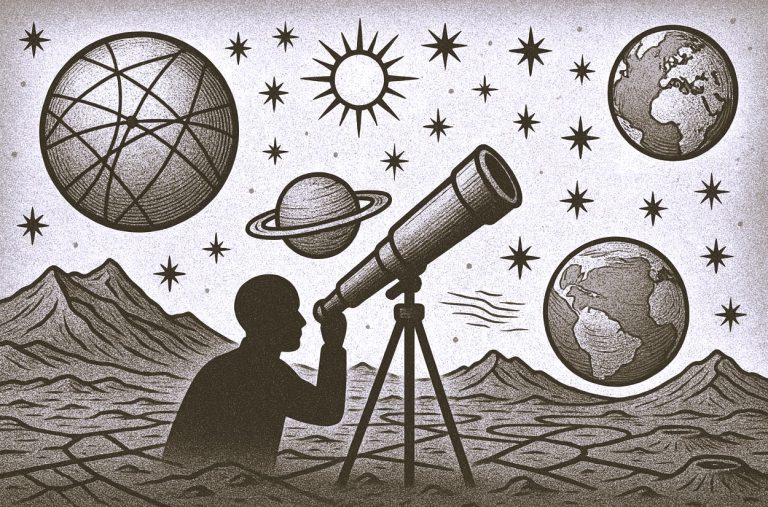

By studying the Moon, scientists can piece together Earth’s origin story.
From 1969 to 1972, 12 astronauts walked on the Moon as part of NASA’s Apollo program. Humans have not been back since, and the Moon remains the only world besides Earth we’ve ever visited. The Moon lacks an Earth-like atmosphere, and there is no wind or water to erase the Apollo astronauts’ footprints. The paths they walked can still be seen from orbit — permanent monuments to one of humanity’s greatest achievements.
The Moon’s lack of air and lack of plate tectonics make it a geological time capsule. The surface bears the scars of meteorites, lava flows, and the late heavy bombardment, an event roughly 4 billion years ago where the inner solar system was pummeled by asteroids and comets. We know that life arose on Earth shortly thereafter, with asteroid and comets having possibly brought water and organics to Earth. Studying the still-intact craters and features on the Moon from that time is key to understanding what really happened during this period of Solar System history, making it a critical piece of our origin story.
Additionally, scientists use the Moon as an age reference to determine how old or young others features on worlds like Mars, Mercury and moons across the solar system are. Unlike Earth and Venus, the Moon lacks tectonic activity so its internal structure is well preserved since its formation. This gives scientists an opportunity to understand how insides of planets form.
There is water ice hidden in permanently shadowed craters at the Moon’s poles. Studying the ice could help us understand where our own planet’s water came from. The ice is also a potential resource for future human explorers: it could be harvested for breathable air, drinking water, and rocket propellant.
The Moon’s proximity to Earth makes it a natural focus of many human spaceflight ambitions, including NASA’s Artemis program, which seeks to land humans on the south pole in 2025. It’s also a great precursor to understanding how space radiation and micrometeorite bombardment can affect astronauts living in deep space for long periods, such as on missions to Mars. Sending astronauts to the Moon can help us develop and prove the viability of technologies needed for deep space exploration, including missions to Mars.
READ ENTIRE ARTICLE AT THE PLANETARY SOCIETY


